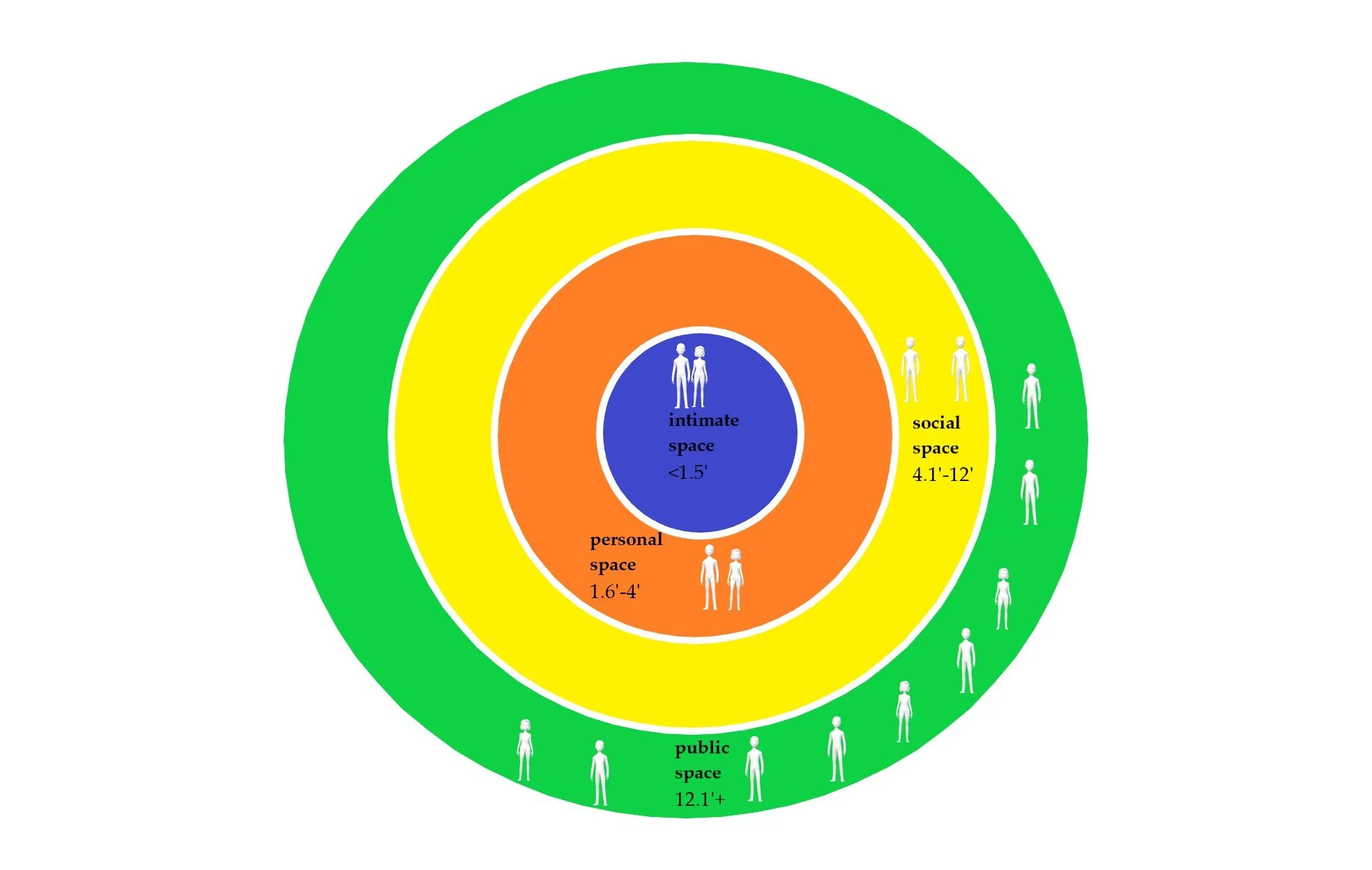Welcome back everyone,
We have been walking through the buying decisions that customers must make before they will buy a product / service from us sales professionals. If you haven’t read the past few blog posts, I encourage you to go back and read them as they will help you understand how we got here. For today, let’s jump into this fun topic!
When I first got into sales, I actually hated this buying decision. I was so nervous that I kept selling the product as long as I could and would talk myself out of a sale in most cases. The reason was that I feared rejection. Just like asking that girl out in high school, I was nervous to ask for the order from the customer.
Back in high school I was literally under five-foot-tall, weight around 100 pounds and let’s be honest the wind may have been able to knock me down if it blew over 10 mph. Asking for a date seemed like a monumental task when I had to look up to just about everyone. Luckily I grew taller and so did my confidence.
No one really enjoys rejection and I was no different when it came to sales. I did not want to find out if I had not done a good job at understanding the customer’s needs and addressing those needs. I did not want to hear “NO” just like a child hates the word no. I did not want the customer rejecting my request to move forward with the purchase.
Here is what I have learned through many years of selling. We as professional sales people need to hear the word no. That’s right, if we have not answered the customer’s needs, we should hear no. We do not need the customer buying the product only to hate the purchase and then remember us as the ones that sold them that product / service. We need them to be glad they purchased the product / service and that it helped them. Otherwise we are just another sales person that made a quick buck that did not help the customer. Serving the customer well leads to much more sales success in the long run.
Now, why is it okay to hear the word no? Once we hear the word no we can go back to the uncovering needs and verification of needs steps to make sure we completely understand the customer. Which is what the customer truly wants. The customer wants to be known and understood. They want to know that this solution in front of them will actually help them move forward.
As professional salespeople, we need to make sure we have courage to ask for the order. We need to find out if we are on the right track or if we missed something. This is our opportunity to come back and help the customer better if we missed something. It’s our sign to make sure we are moving in the right direction.
You never know, the customer may actually say “Yes” and award us the business if we have followed the process correctly. That is when the real work starts!
Have the courage to ask for the order and wait for the reply from the customer.
Sincerely,
Kevin Sidebottom
“Businesses wonder why the majority of their sales teams struggle at winning profitable business. I teach your sales team to walk with the customer through the five buying decisions, and in the correct order to generate more sales with high margins!”

























